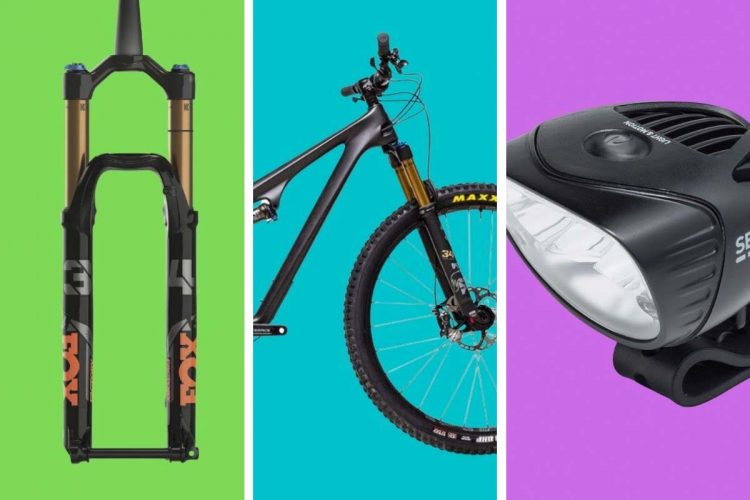Tim Jackson had an interesting post on his blog last week about targeting certain consumer groups to grow the sport of mountain biking. Tim identified a couple groups (those who already own inexpensive bikes and those who currently participate in other adventure sports) that might be receptive to increased marketing from the bike industry, and I think he’s on the right track for the most part.
For those of you who don’t know (or care), mountain biking as a sport has seen participation numbers steadily decline since the mid-1990s, though in 2005 there was a slight uptick (probably due to higher gas prices). There are a number of explanations for why the sport is declining and I have a couple ideas of my own.
First, mountain biking is expensive (equipment, not actual participation). Tim touched on this in his post but I want to add that this seems to be a major hurdle for alot of people who are interested in mountain biking but are afraid to make the plunge. A “try before you buy” arrangement at local bike shops would allow budding mountain bikers to get hooked on the sport while at the same time teaching them about the importance of good gear (i.e. ‘spensive bikes). On a recent trip to Albuquerque I found it nearly impossible to rent a mountain bike and when I did find a place that rented bikes, the only thing they had were the $150 Wal-Mart specials. Not fun.
I also think it’s time to rethink just what a “cheap” mountain bike should look like. The Wal-Mart bikes I mentioned usually come with full suspension and disc brakes but end up weighing 50 pounds and generally fall apart after a couple rides. If a cycling manufacturer were to come out with an upgradeable bike, more people might be willing to give mountain biking a try. Imagine a $150 bike with a lightweight, aluminum frame, entry level components, and no front suspension. People love buying inexpensive computers for future upgrades, why not bikes? The frame is pretty much the only thing you can’t upgrade on a bike so a lightweight, well-constructed frame should be the starting point for any entry level bike. Most of us who started riding in the early 1990s didn’t have any kind of suspension yet we’re still with the sport today – why not let people start slow like we did?
Second, mountain biking will always have a tough time growing because of the types of people who enjoy the sport. In our research at singletracks.com we found that the majority of our users generally ride ALONE. Mountain biking isn’t a team sport and for alot of people, it isn’t even a social outlet. Like a celebate man hoping to pass on his family name, if we don’t ride with others and talk up our sport, we’ll be the last of a dying breed.
There are certainly dozens of reasons mountain biking isn’t more popular and if we want to grow the sport it will definitely take a team effort. The cycling industry can do its part but it’s up to mountain bikers to spread the buzz beyond ourselves.



















